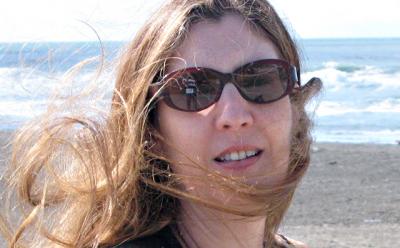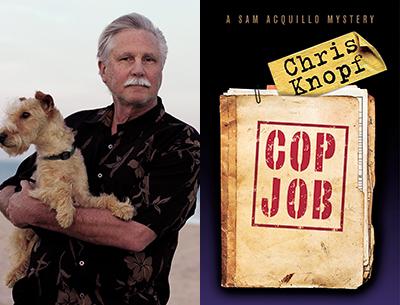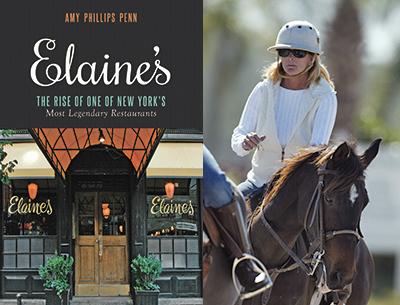Book Markers 11.26.15
Book Markers 11.26.15
After the Poultry Carnage
If you don’t happen to get enough reading in during your extensive Friday morning purgation following the Turkey Day indulgence, you could always visit a bookstore. To wit, there’s venerable Canio’s Books in Sag Harbor, where on Saturday at 5 p.m. Ava Chin, the author of “Eating Wildly: Foraging for Life, Love and the Perfect Meal,” will read from it and give a talk called “Writing the Artful Memoir: Three Secret Questions Every Writer Who Wants to Be Published Should Be Asking.”
Ms. Chin formerly wrote the “Urban Forager” column for The New York Times. She teaches journalism and creative nonfiction at CUNY’s College of Staten Island.
John Jermain Author Lunch
If it’s a lit lunch you’re looking for, there’s a good and fund-raising one in store at the well-bricked, writer-frequented American Hotel on Sag Harbor’s Main Street, where Arlene Alda will clink the china on Dec. 6, a Sunday, from noon to 2:30 p.m. (Morris Dickstein, previously scheduled to appear with his new memoir, "Why Not Say What Happened," will not be attending.)
Checks made out for $55 must be received by Chris Tice of the Friends of the John Jermain Memorial Library at 6 Overlook Lane in Sag Harbor by Dec. 1. She can be called at 725-3803 or emailed at [email protected] to reserve a space.
Ms. Alda, a Water Mill homeowner, will attend with her latest, “Just Kids From the Bronx,” an oral history of that relatively overlooked borough, whence came a number of (now) South Fork residents of note, Dava Sobel, Jules Feiffer, Mickey Drexler, and Neil deGrasse Tyson, in particular, all of whom tell their tales in the book.
Copies will be available for purchase and signing at the three-course lunch.







